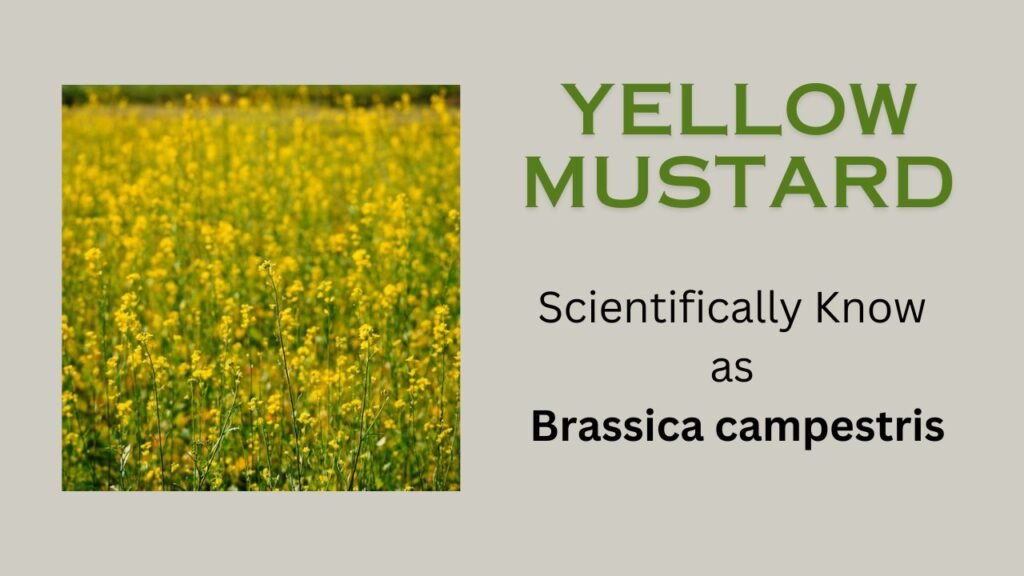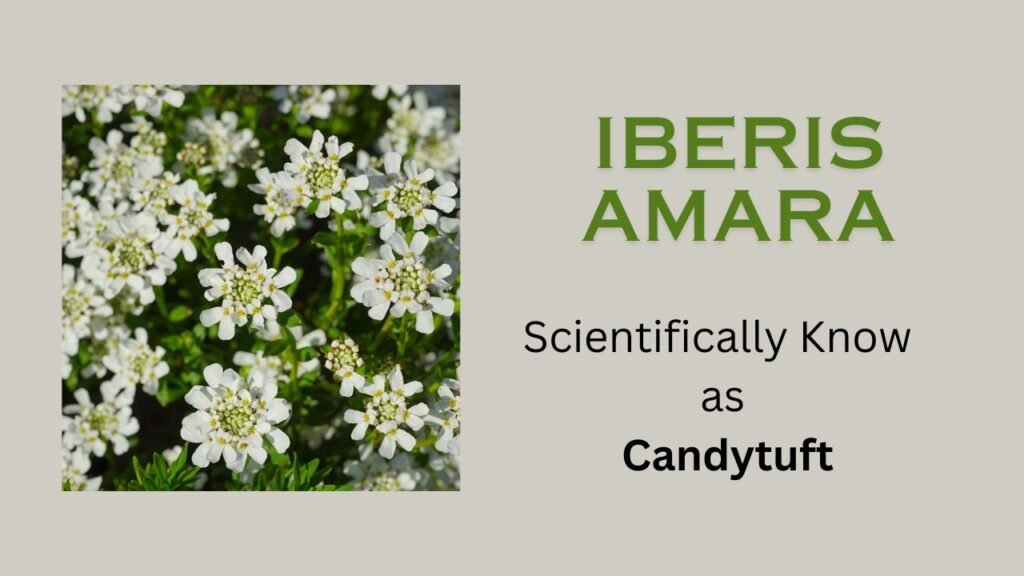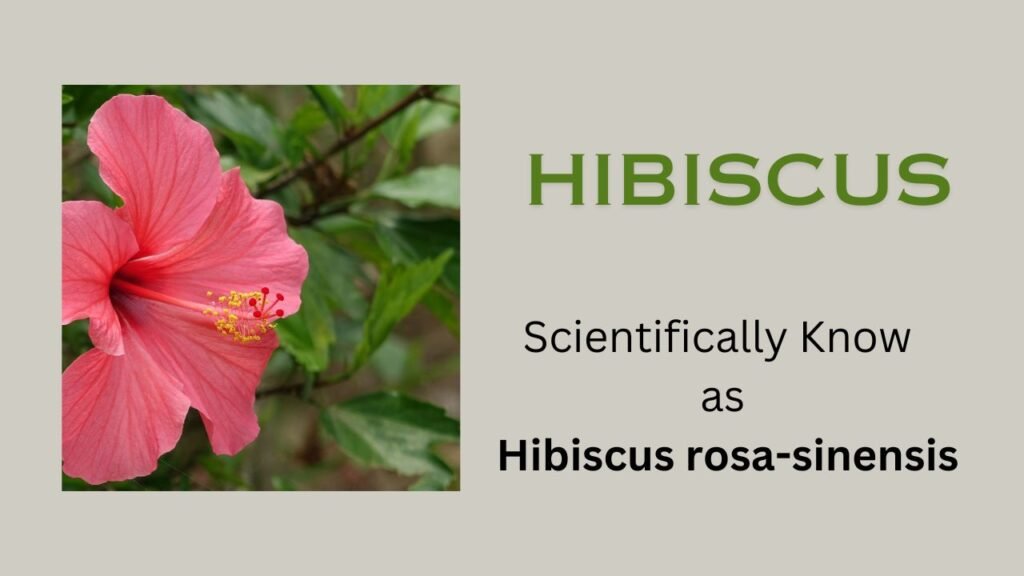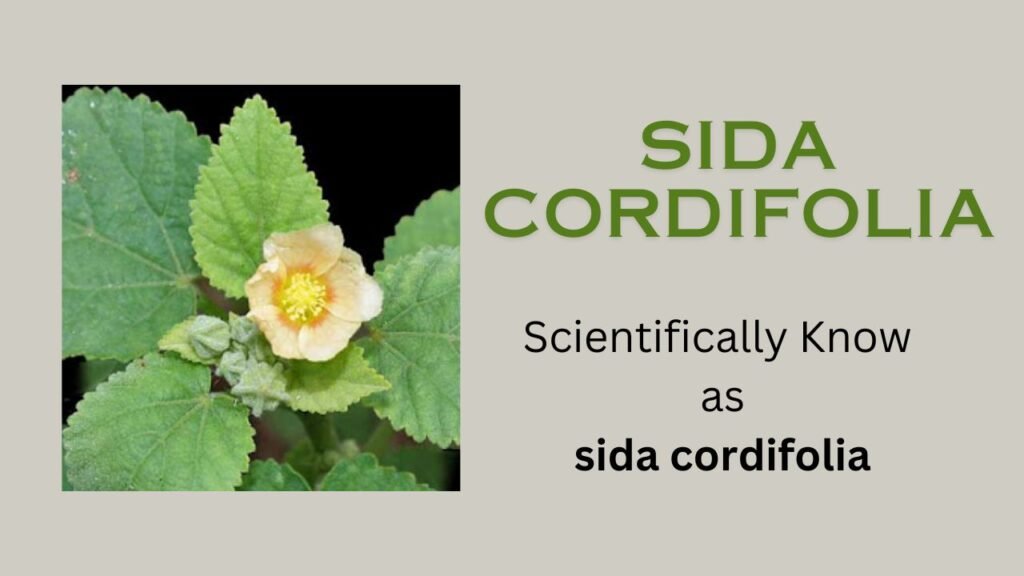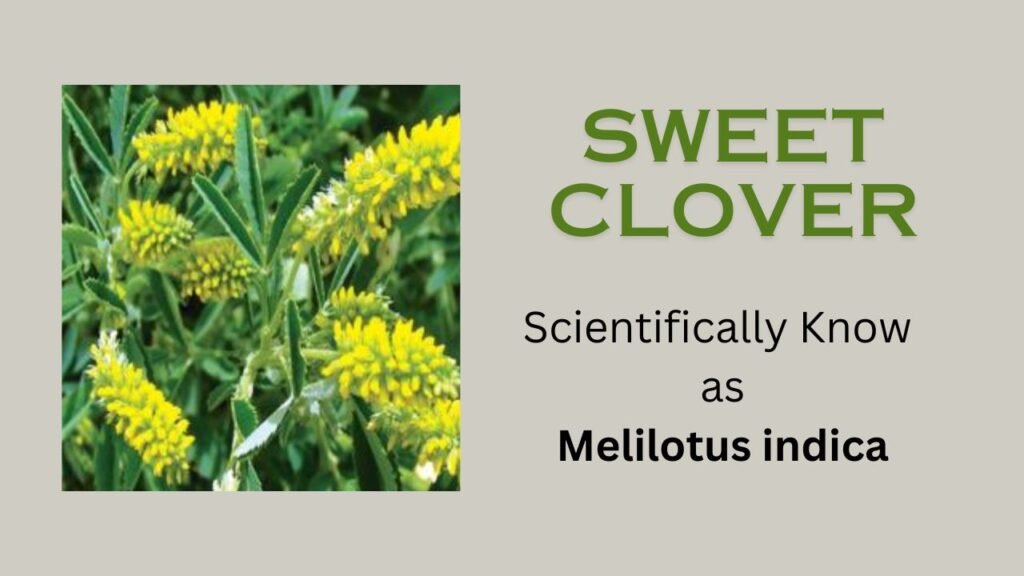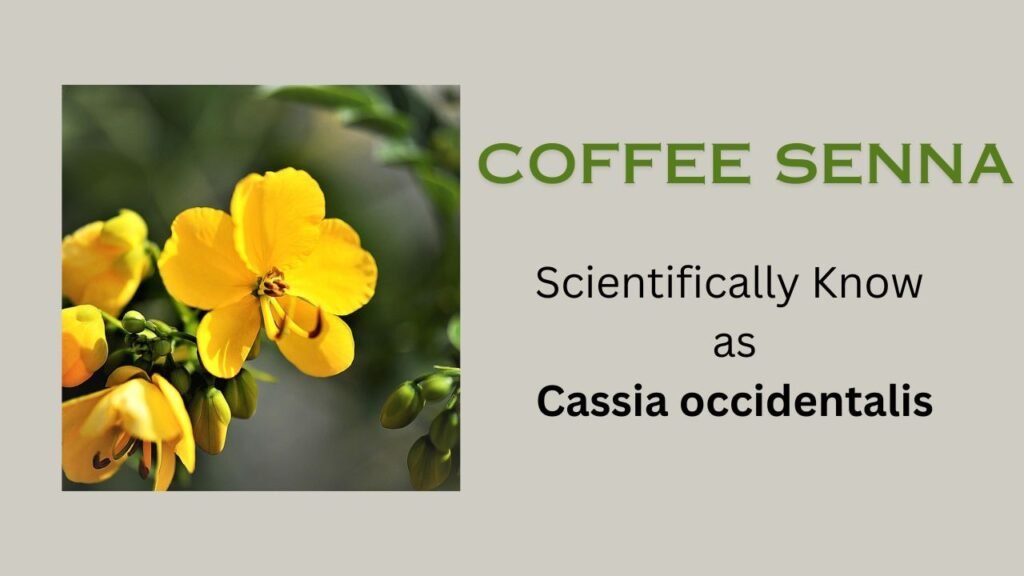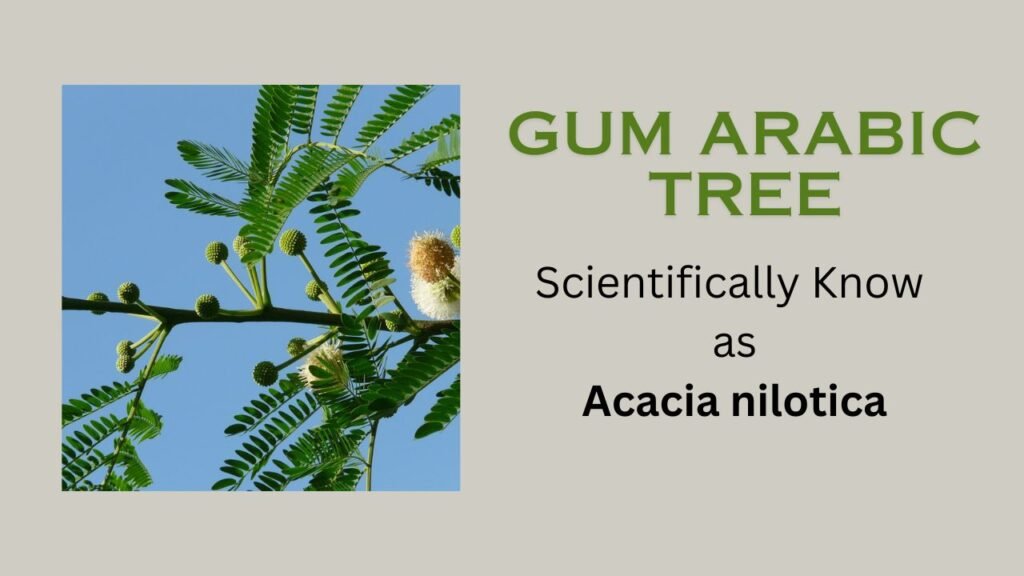Cassia fistula commonly known as Amaltas or Golden shower tree. It is a member of the Leguminosae family. These are members of the subfamily Caesalpinioideae in the Leguminosae family. In this article, we will learn about the position of leaves, flowers, and fruits in the Golden shower tree.
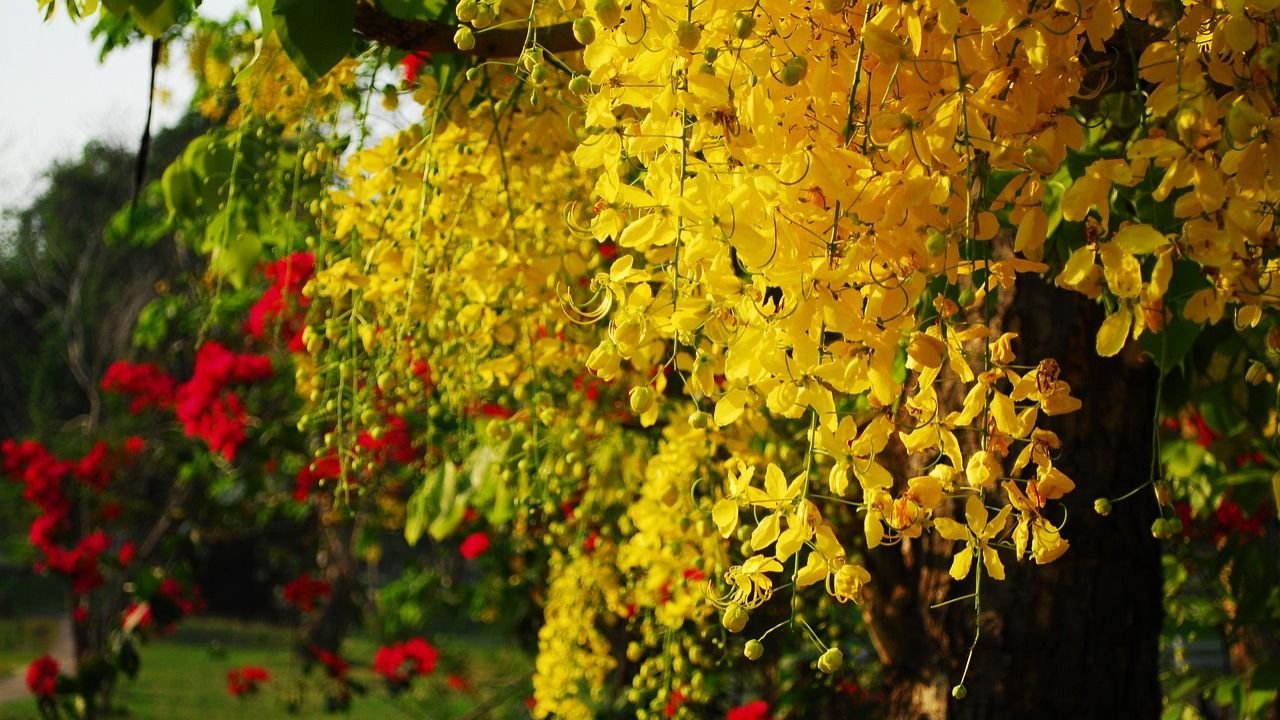
Scientific Name: Cassia fistula
Some Basic Information about Cassia fistula
Habit– A medium-sized tree.
Root– A tap root.
Leaf– Compound, paripinnate with pulvinus at the base, alternate, leaflet with unicostate reticulate venation.
Stem– Erect, branched, cylindrical, woody, solid.
Inflorescence– Long axillary, pendulous racemes.
Flower– Bracteate, pedicellate, complete, hermaphrodite, zygomorphic, hypogynous, yellow.
Calyx– Sepals 5, polysepalous, yellow-coloured, clawed, imbricate aestivation.
Corolla– Petals 5, polypetalous, yellow-coloured, clawed, ascending imbricate aestivation.
Androecium– Stamens 10, polyandrous, unequal in length, three anterior stamens long and sickle-shaped with fertile dithecous anthers, basifixed, introrse, 4 lateral fertile stamens of medium length and dithecous, and three posterior stamens usually reduced to staminodes, basifixed anthers with indehiscent and abortive lobes.
Gynoecium– Monocarpellary, unilocular, superior ovary, marginal placentation, style short, stigma capitate.
Fruit– Legume.
Floral formula– Br% ⚥ K5 C5 A4+3+3 staminodes G₁
Systematic Position:
Division – Phanerogamia
Subdivision – Angiospermae
Class – Dicotyledonae
Subclass – Polypetalae
Series – Calyciflorae
Order – Rosales
Family – Leguminosae
Subfamily – Caesalpinioideae
Genus – Cassia
Species – fistula

